5.0 PRODUCT DESIGN
Getting your idea out of your head and into some sort of reality requires good design. It's always tempting to think you "just" need some nice sketches or "just" need to make a prototype. But bear in mind that people spend 3 to 5 years studying to be professional designers/engineers and much of this time is spent learning how to apply their creative skills within a robust process.
Probably the most important take-away from this is that a good design process is iterative. You will make discoveries along the way about the people you are designing for, the technology you're using and how the market is changing.
This is why we advocate adopting a mindset of testing your ideas early and often and throughout the whole process of bringing a product to the market. The architect Frank Lloyd Wright used to say "you can use an eraser on the drawing board or a sledgehammer on the building site". It's obvious which one offers the more cost-effective way of iterating!
At some point you are going to need some professional design input but like all other resources you should weigh up how much budget you have to spend on external support and how much you want to learn yourself.
When you are looking for professional design support we think you should consider the following things:
- can the people you are talking to describe their process clearly?
- are they advocates of a Human-Centred Design (HCD) approach (see below)?
- do they provide quotes that are broken down into small, manageable stages?
- can they demonstrate work they have done before that shows they have the skills needed?
- what is their approach to sustainability?
- how will they collaborate with you during the project?
Choosing the right designers to work with takes time but depending on your desire and capacity there's nothing stopping you learning some of the skills and getting started. In fact we believe that in some shape or form everyone is a designer and we can all learn to think like one.
A Note on Human-Centred DesignEven if you plan to engage a professional design team we think it is well worth the effort to understand a bit about Human-Centred Design and to learn some of the skills. It's an approach that applies to all of life's challenges, not just designing a product.
There are loads of good resources online including:
- DesignKit by IDEO
- Collective Action Toolkit by Frog
- Hyper Island Toolbox
- Design Thinking Process from Stanford University's d.school
If you can't face getting your head around HCD in depth then what we recommend doing before you approach professional designers is some basic user research with friends and family (Don't forget to ask people to sign a Non-Disclosure Agreement before you share the idea).
You can start with what we call 'low fidelity' prototyping. Sometimes that means a card model or some rough sketches. It allows you to think about how it might function in different contexts, with different users and in different materials. This design will be adapted with each wave of feedback so don't spend too much time and money on it.
We have also found that people are more likely to give feedback on something that doesn't look too finished. If it looks like a lot of time has been spent on it people tend to feel less free to criticise it.
If you want to take it a step further then organise something slightly more formal perhaps with a group of participants. This takes more preparation and practice to make it useful and if you can video the research you can watch it back and observe:
- positive responses
- body language as they interact with the idea
- comments that indicate why it's unique or inspiring
- how different genders and ages interact with it
- questions they ask about it
- confusion about it's function
- difficulties understanding
- what they show others in the group
- With the insights that you have gained from some early stage research you will have a much more fruitful conversation with any potential design partners.
Don't forget to get people's permission if you are going to record anything and make sure you're up to speed with good old GDPR!
IDEA PROTECTION
We've mentioned getting a Non-Disclosure Agreement in place with anyone you share your idea with. But at some point in the design process you also want to think about protecting your idea in a more robust way.
This is another area where you can learn huge amounts yourself (and you should commit to understanding the basics) but you will need professionals in Intellectual Property at some point. In our opinion, many entrepreneurs jump into this too early and end up with a costly patent application before they really know what they need to protect.
Our friends at Venture Proof have a fantastic free advice pack you can download from their website.
REVIEW AND MOVE ON
Got your design team sorted? You'll be wanting to work out how you're going to make your fantastc product. Click on the button to discover some tips on - Step 6 Manufacturing


